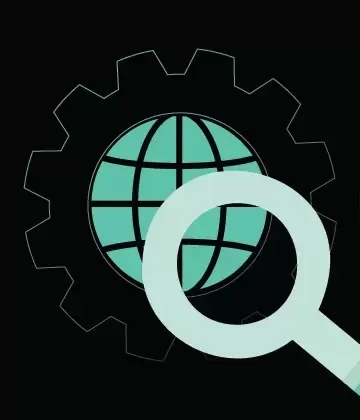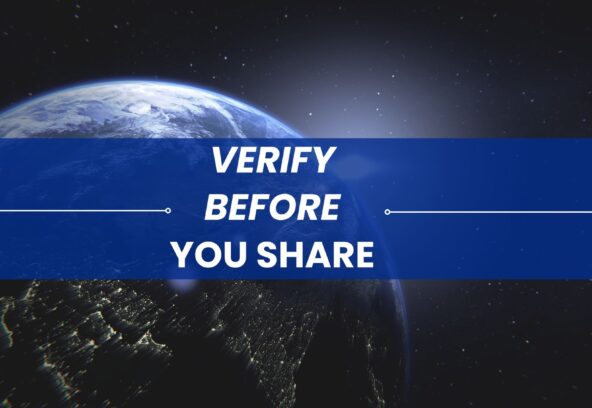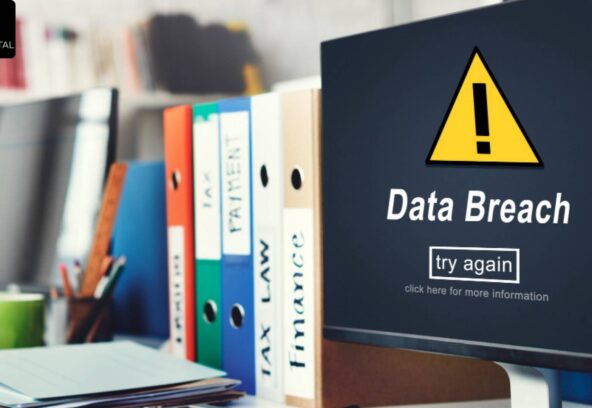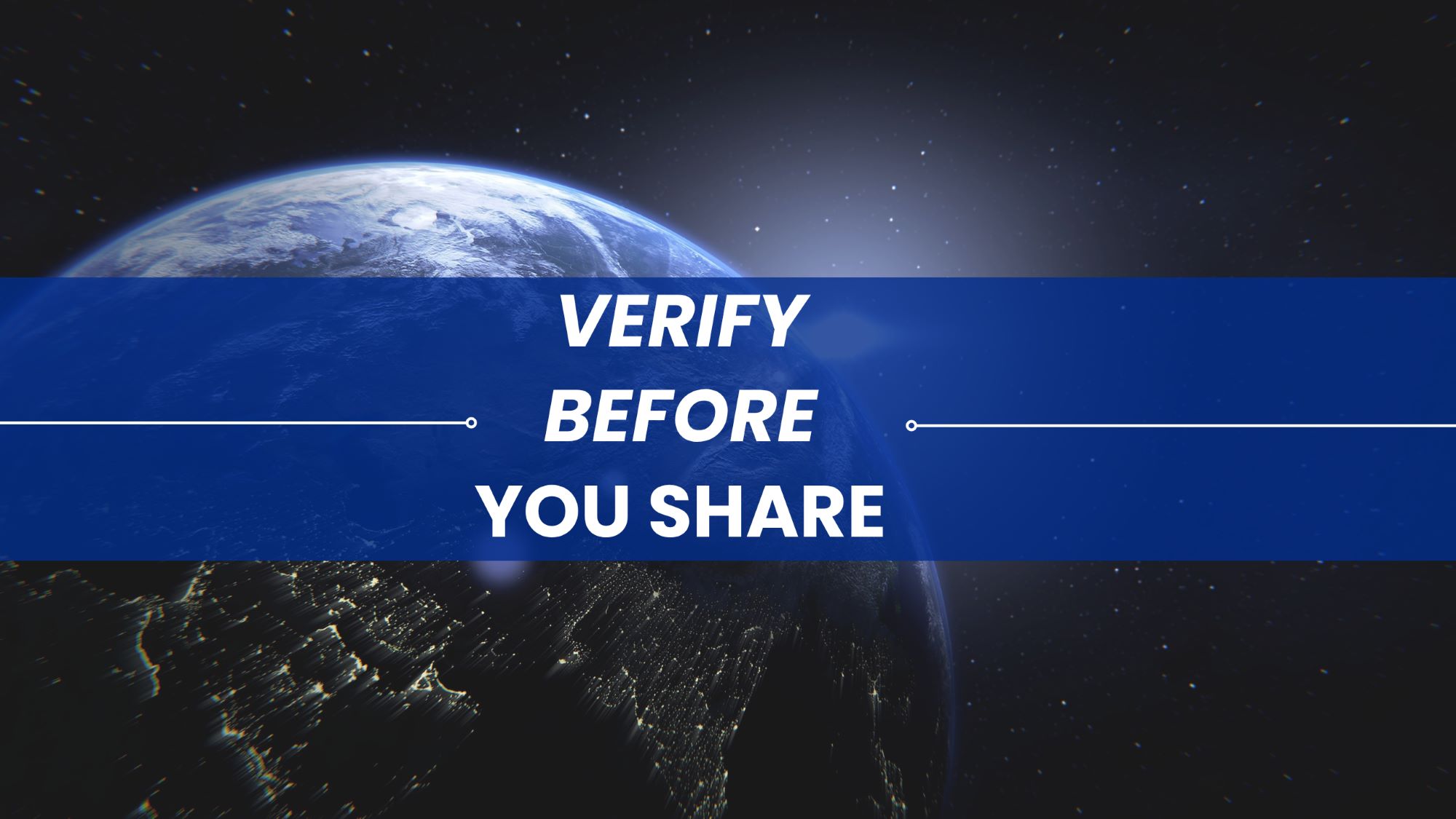
How to Verify Information Before Sharing in 2026
In a world where information travels faster than truth, every share, forward, and click carries weight. What once took days to spread can now reach millions in a matter of seconds—often without anyone pausing to question its accuracy. This digital speed has created a new challenge: misinformation. It doesn’t just confuse people; it shapes opinions, damages reputations, triggers panic, and even influences major decisions.
Today, being online means being responsible. With so many voices competing for attention, the ability to verify information has become a crucial life skill—just as important as reading or writing. Whether you’re a student, a professional, or simply someone active on social media, the choices you make in the digital space reflect your credibility.
This article will guide you through the essential steps to verify information, evaluate content critically, spot red flags, and ensure that what you share strengthens—rather than weakens—the flow of trustworthy information. Because in the age of viral content, truth doesn’t just spread on its own… it needs people like us to protect it by taking a moment to verify information before sharing.
Recognizing Red Flags: Early Signs of Unreliable Information
Not all fake news is obvious. Some are designed to appear credible. Here, you can describe common warning signs such as dramatic phrases (“urgent”, “share immediately”), inconsistent fonts, grammatical errors, and posts that provoke strong emotional reactions. These clues help readers identify potential misinformation instantly.
Source Investigation
- Verify if the information comes from a credible, known, or official source.
- Check the author’s profile, past posts, and authenticity.
- Look for verified badges or official website links.
- See if the source has a consistent history of sharing accurate, factual content.
- Check whether the source provides references or links to its original information.
Cross-Verification
- Compare the claim across multiple trusted news channels or official platforms to verify information from reliable sources.
- If only one unknown page is reporting it, verify information again and treat the claim as doubtful before sharing.
- Check reputable fact-check websites for confirmation.
- Look for similar reports using different keywords to ensure nothing is being hidden or misrepresented.
Evidence-Based Evaluation:
Always check if the information is supported by real evidence such as data, statistics, expert quotes, or official statements. Headlines can be misleading, so make sure to read the full article to understand the actual facts.
Avoid content that makes big claims without any proof. If the information has no sources, no references, or cannot be verified through trusted platforms, consider it unreliable and avoid sharing it.
For example:-Recently, social-media posts claimed that veteran actor Dharmendra had passed away. His family quickly refuted the reports, confirming that the actor is alive and recovering.
This incident is a clear example of how false news — in this case, the actor’s “death” — can spread rapidly and cause needless panic.
One reason why these rumours gain traction is because people often share before verifying: the Dharmendra death hoax illustrates the importance of checking sources and official statements.
Evidence-Based Evaluation:
- Confirm the date of the event—many fake posts reuse old news.
- Check if the location and facts match the claim.
- Make sure the information is relevant to the current situation.
- See whether the incident is being presented in the wrong context to create confusion.
- Check if the same image or story was shared in a different situation earlier.
- Look for missing details that may change the meaning of the content.
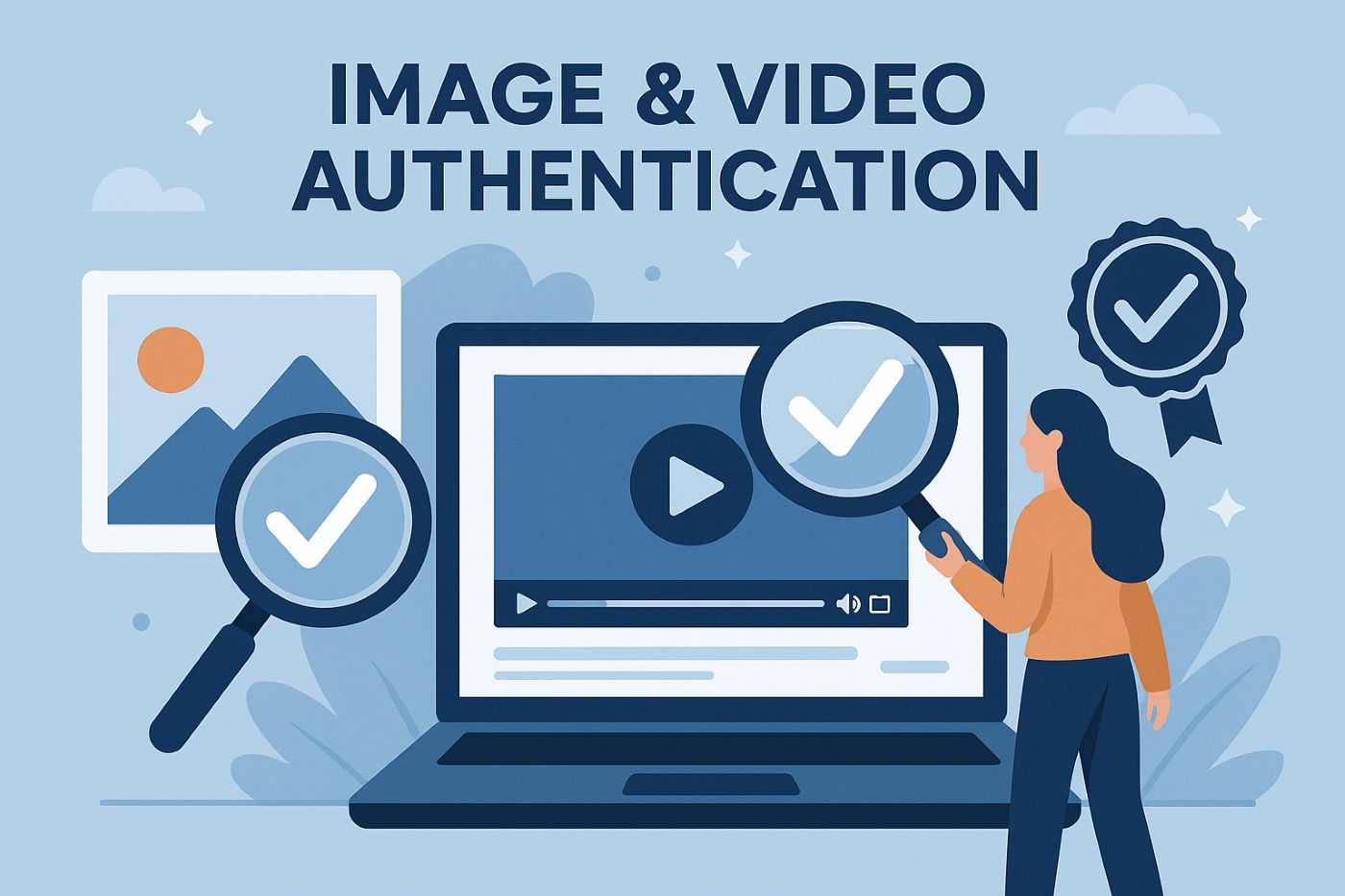
Image & Video Authentication
- Use reverse image search tools to confirm originality.
- Look for signs of editing, cropping, or mismatched shadows.
- Verify whether the video is from the event it claims to show.
- Check the background elements—buildings, vehicles, weather—to identify mismatches.
- Slow down the video to spot cuts or unnatural transitions.
- See if the same image or clip appears in older news articles or unrelated events.
Understanding Manipulation Techniques Used in Fake Content
Fake content creators often use psychological tricks to make their posts seem believable, which is why it’s crucial to verify information before trusting anything online. In this part, discuss methods like deepfakes, fabricated screenshots, impersonated emails, and misleading graphs. Help readers understand how deception works behind the scenes so they can confidently verify information and avoid falling for manipulated content.
Practical Tools for Everyday Verification
Thankfully, there are simple tools that anyone can use to verify what they see online. Fact-checking websites like Alt News, FactCheck.org, and Boom Live help users quickly confirm whether a story is true or misleading. Browser extensions such as NewsGuard, Bot Sentinel, or Google’s Fact Check Explorer can instantly flag suspicious content while you browse.
When it comes to photos and videos, visual verification apps like Google Reverse Image Search, TinEye, and InVID make it easy to check if media has been edited, taken out of context, or recycled from older events. These tools strip away the confusion and empower every user to become a smart digital detective. With just a few clicks, anyone can make informed decisions and confidently share only what’s real.
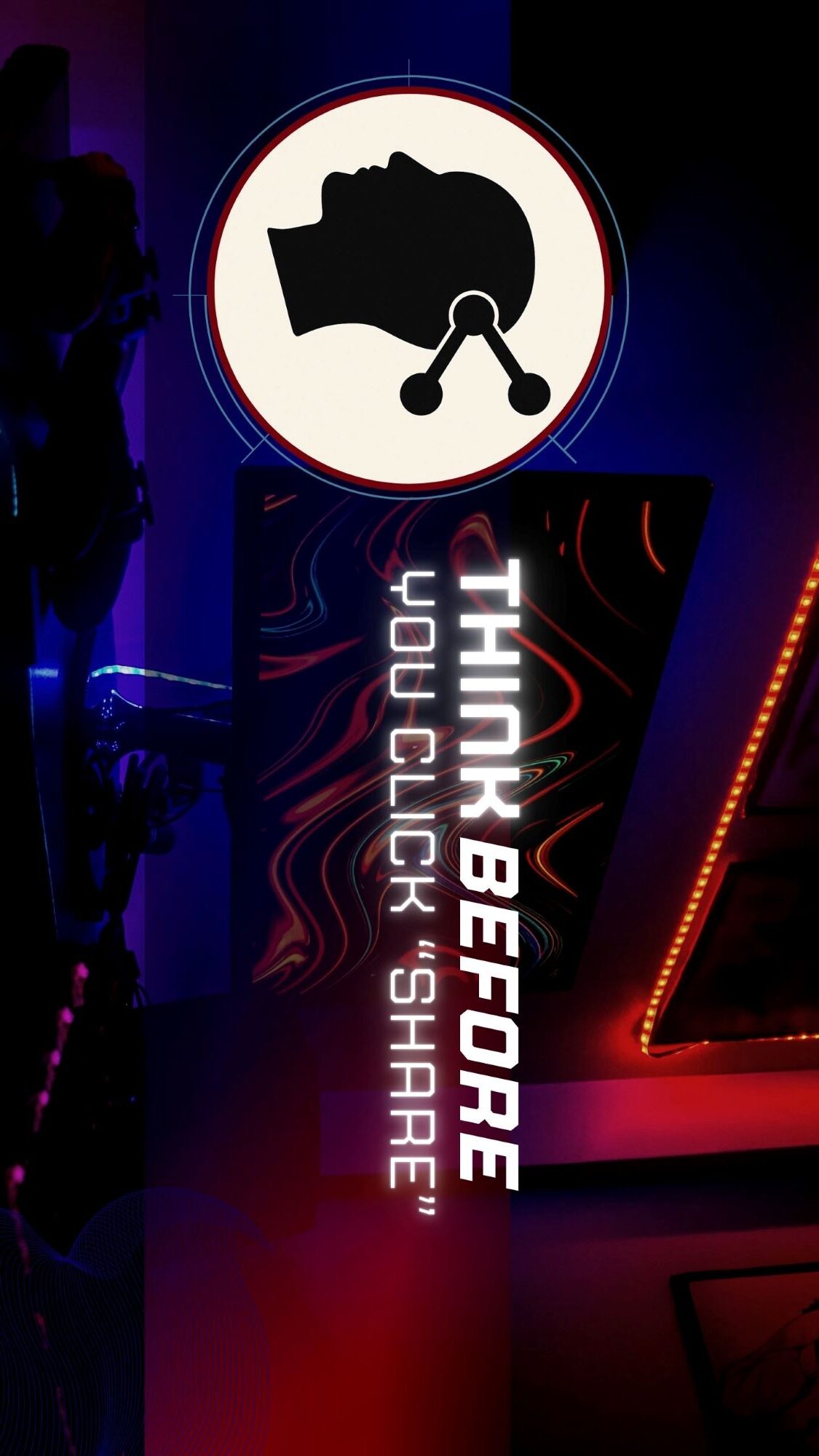
Top tools to verify the information:
Alt News: Verifies viral claims using deep research and credible sources to expose misinformation mainly circulating in India.
FactCheck.org: Nonprofit platform that investigates political statements, online rumors, and misleading news to provide clear, accurate information.
Boom Live: Focuses on fact-checking social media content, identifying fake images, videos, and news shared widely across the internet.
Safe Sharing Practices: What to Do When You’re Unsure
Sharing responsibly is a key part of being a smart digital citizen. If you come across information that feels shocking, unclear, or too good to be true — pause before you hit share. Take a moment to analyze the source, check if the content is recent, and look for supporting facts. If you’re unable to confirm the truth, it’s best to avoid forwarding it altogether.
When in doubt, reach out to someone you trust, consult credible websites, or wait until reliable updates are available. A few extra seconds of caution can prevent the spread of misinformation and protect others from confusion or harm. Responsible sharing isn’t just a choice — it’s a digital duty we all share.
Conclusion: Building a Culture of Responsible Sharing
In a world where misinformation can travel farther and faster than the truth, every individual plays a crucial role in shaping a safer digital environment. Being responsible with what we share isn’t just a habit—it’s a commitment to honesty, clarity, and integrity. When we pause to verify information, we protect not only ourselves but also our communities from fear, confusion, and manipulation.
Building a culture of responsible sharing starts with small actions: questioning what we see, checking sources, and refusing to spread anything unverified. These simple choices have the power to weaken misinformation and strengthen trust in the online world. When each of us becomes a careful, thoughtful, and informed digital citizen, we help create an internet where truth stands stronger than rumors—and where information empowers rather than misleads.“For a deeper understanding of how data breaches happen and how to protect yourself, read my detailed guide on data breaches.”
